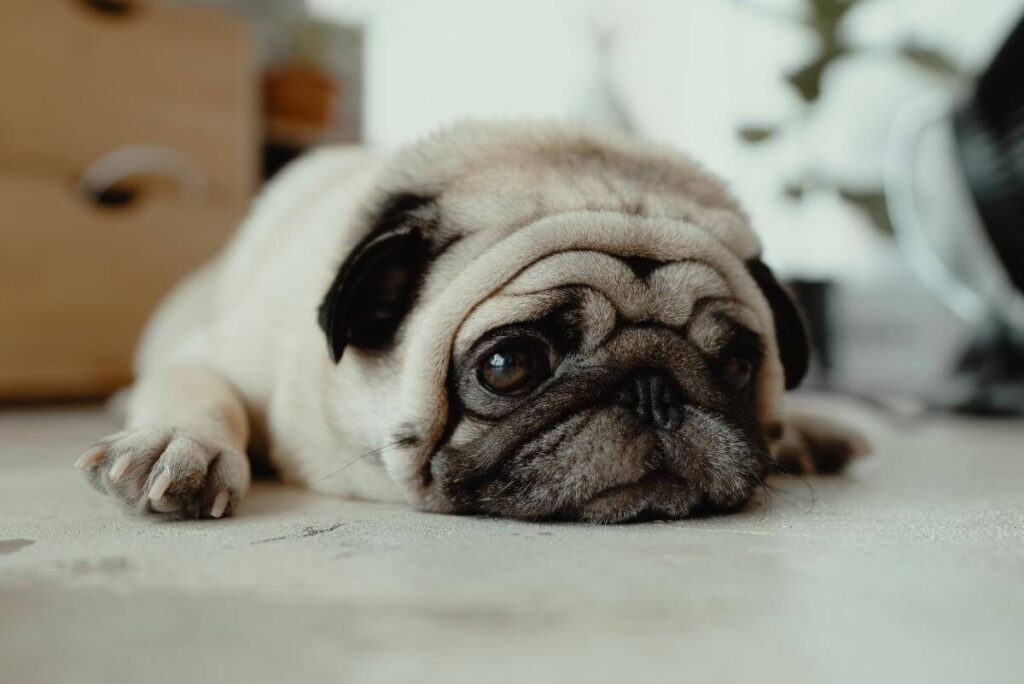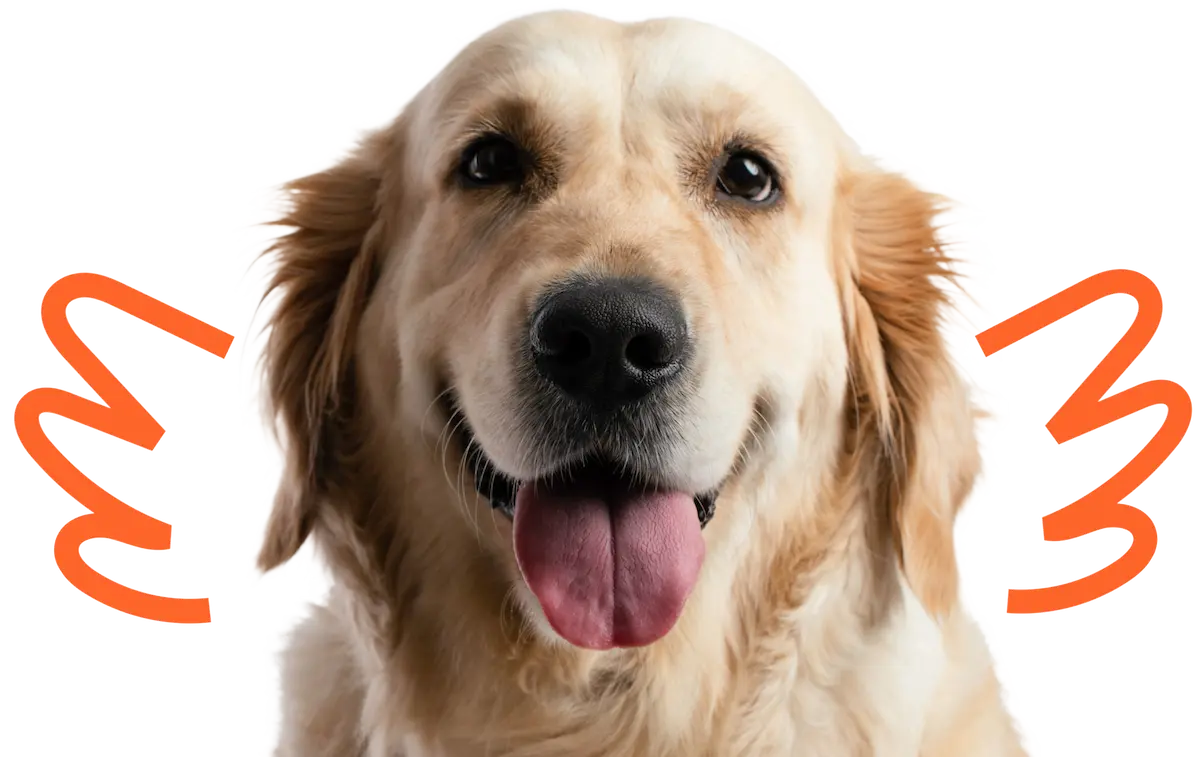Owning a dog is one of the most rewarding and heart-warming experiences people can have. However, what cannot be underestimated is that ownership comes with a raft of new responsibilities.
One of the more well-known and more dangerous diseases that can affect dogs is Parvovirus, a highly infectious bug that attacks the cells in dog’s intestines.
In brief, the disease stops the dog from being able to absorb vital nutrients from food, resulting in them becoming very weak and dehydrated. Thankfully, dogs can be vaccinated against Parvovirus but in many cases, it is still seen in puppies who are continuing to develop their immune system and unfortunately, can be fatal.
Parvovirus in dogs infects thousands each year and being so contagious means it can spread quickly through cities, towns and suburbs. Below, we discuss how Parvovirus can be contracted, what the main symptoms are and how to aid your dog’s recovery should they contract it.
How is Parvovirus contracted?
Parvovirus can be contracted by dogs of any age, sex or breed. However, puppies are particularly susceptible in their developmental stages.
Being a viral infection, Parvovirus is spread through direct contact [sniffs, licks or consumption] with other dogs, the environment, people or contaminated faeces.
As Parvovirus is highly contagious, dog owners should take extra care if an infection is noted in your local area as dog walks become high risk and any common dog walking areas can become a breeding ground for the virus.
What are Parvovirus Symptoms?
If Parvovirus has been flagged in your area, there are a range of key symptoms to look out for: Lethargy, loss of appetite, abdominal pain or bloating, fever or low body temperature, vomiting and diarrhoea.
Lethargy
- Your dog showing signs of slow movement, tiredness and lack of energy
Loss of appetite
- Your dog displays a lack of appetite across multiple meals – even for their favourite foods!
Abdominal pain or bloating
- Your dog starts to show signs of pain and becomes defensive or alert when you approach their stomach or abdomen
Fever or low body temperature
- Your dog starts to excessively pant or shiver, or has warm ears/nose
Vomiting and diarrhoea
- Often bloody, your dog vomiting or having diarrhoea is a key sign of Parvovirus
Whilst the above are common with Parvovirus, only one of them could be a key sign of your dog getting ill and should be taken seriously at the first instance. If any of these symptoms do appear, you should refer to your vet immediately.
Parvovirus Treatment
Should your dog unfortunately contract Parvovirus, there are a few things you can do as an owner to support a successful and healthy recovery.
With many Parvovirus cases, the dog will likely have been lacking appetite and would have experienced vomiting. By gradually helping their appetite to return to their pre-virus levels, you will aid their digestion and ease them into handling increased food levels. What’s more, when reintroducing food, ensure you follow the dietary guidelines set by your veterinarian as dogs often have unsettled stomachs after illness.
Cleaning both your dog and the house is key to ensuring the virus doesn’t return during recovery! Bathing your dog can get rid of the virus still living on their fur and disinfecting parts of the house where your dog spends most time, together with washing their bed and bowl, will kill any of the virus lingering on surfaces.
What are the stages of Parvo?
- Infection
- Incubation
- Illness
- Recovery
How does Parvovirus impact dog walking?
Whether you’re a dog owner or walker, there are precautions that need to be taken if there is an outbreak of Parvovirus in the local area.
If you’re a dog walker, you should immediately inform your clients that there’s a case in the area and that extra precautions will be taken to protect their dogs. This can include: walking on new routes or in new areas and avoiding other dogs and people on the walk.
For dog owners, ensuring that your dog and any equipment they use is clean and sanitised will help to reduce the spread should your dog come into contact with the virus. If your dog does become ill, you should inform neighbours, fellow dog owners in the area and anyone who you have recently seen with your dog.
If you have questions about how it will impact you and using GoWalkies, please feel free to contact us.
Conclusion about Parvovirus
With the connotations Parvovirus has, it can be scary if your dog is diagnosed, especially when it’s a puppy. However, acting early and following your vet’s advice as closely as possible is the best thing you can do as a dog owner to help your four-legged friend.
And remember, if any symptoms do begin to show, you should refer to your vet as soon as possible.


